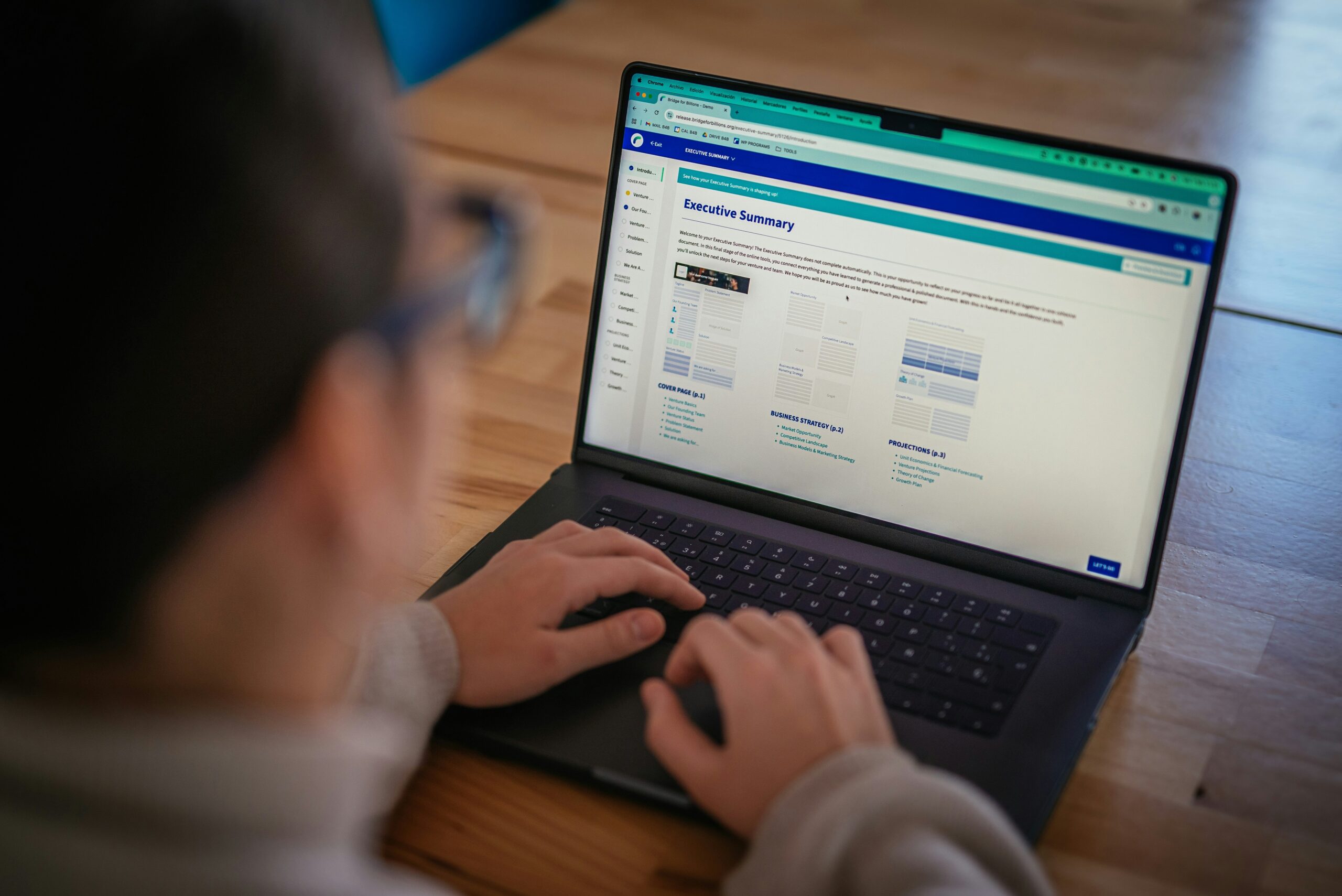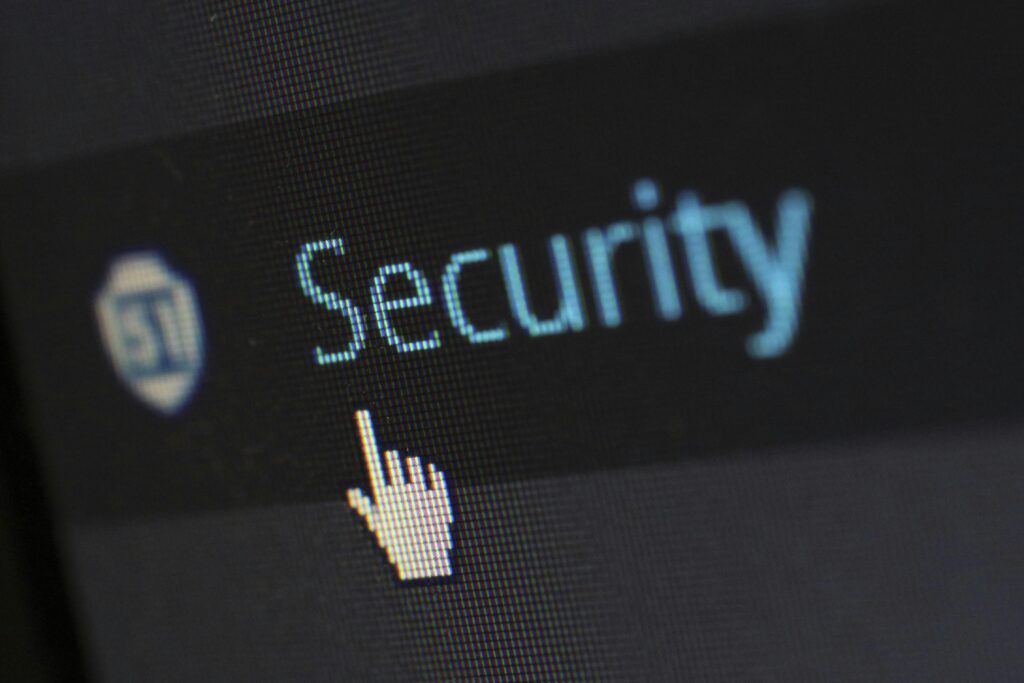“Ever clicked a seemingly harmless link only to realize seconds later that your account might be compromised? You’re not alone.”
Cybersecurity threats like phishing attacks are growing smarter every day. In fact, according to Verizon’s 2023 Data Breach Investigations Report, phishing remains one of the top attack vectors, responsible for 80% of reported security incidents. If you’ve ever fallen victim—or worry it’s only a matter of time—you’re in the right place. In this guide, we’ll break down how to prevent phishing attacks with actionable strategies and real-world examples to keep your data secure.
You’ll learn:
- Why phishing is more dangerous than ever (and why people still fall for it)
- A step-by-step plan to protect yourself and your organization
- Tips for spotting sneaky phishing tactics before they harm
- Case studies that reveal what *not* to do—and how others have successfully fought back
Table of Contents
- Key Takeaways
- Why Phishing Attacks Are Dangerous
- Step-by-Step Guide to Phishing Attack Prevention
- Best Practices for Staying Safe
- Real-World Examples and Lessons Learned
- FAQs About Phishing Attack Prevention
Key Takeaways
- Phishing isn’t just about emails anymore—it happens through texts, social media, and even fake websites.
- Education is your first line of defense; train yourself (and your team) to spot red flags.
- Use advanced tools like multi-factor authentication (MFA) and anti-phishing software to reduce risks.
- Never share sensitive information unless you’re 100% sure who’s on the other end.
Why Are Phishing Attacks So Dangerous?

Imagine logging into your bank account one morning only to find…it’s been drained. Sounds horrifying, doesn’t it? That’s exactly what targeted phishing can lead to if left unchecked. These scams trick users into handing over login credentials or downloading malicious files by mimicking trusted sources—like your boss, your bank, or a familiar brand.
Optimist You: “I would never fall for something so obvious!”
Grumpy You: “Famous last words.”
Why does phishing work despite all our tech advancements? People trust too easily online. A well-crafted email spoofing ‘Amazon Customer Support’ might look legit enough to dupe even seasoned internet users. And once scammers get access, they can unleash chaos—stealing money, selling your data, or installing malware.
Step-by-Step Guide to Phishing Attack Prevention

Step 1: Educate Yourself (and Your Team)
The #1 mistake organizations make is assuming everyone knows better than to click suspicious links. Spoiler alert: They don’t.
- Run regular training sessions with simulated phishing tests to test awareness levels.
- Teach employees how to verify URLs before clicking anything—even those sent from colleagues.
- Create a culture where admitting mistakes (like falling for a scam) isn’t shamed but encouraged for learning purposes.
Step 2: Lock Down Access with Multi-Factor Authentication (MFA)
If there’s one thing I wish everyone implemented yesterday, it’s MFA. This simple tool adds an extra layer of protection beyond passwords—like biometrics or text codes—making unauthorized logins nearly impossible.
Step 3: Keep Software Updated
Outdated software is like leaving your front door wide open for hackers. Regular updates patch vulnerabilities that phishers love to exploit.
Top Tips for Preventing Phishing Attacks
- Hover, Don’t Click: Always hover over hyperlinks to check their actual destination before engaging.
- Watch for Grammar Errors: Legitimate companies rarely send messages riddled with typos.
- Be Skeptical of Urgency: Scammers thrive on panic (“Your account will be suspended!”).
- Block Unknown Senders: Use email filters to automatically trash spammy content.
- Verify Requests Directly: Got an urgent request from HR? Call them directly instead of replying to the message.
Real-World Case Study: What Happens When Phishing Goes Wrong

Remember when thousands of Twitter users received DMs offering free Bitcoin in 2021? The scam reeled in victims across the globe because it appeared to come from verified accounts—but turned out to be a massive bot operation stealing $2 million overnight.
Lesson Learned: Trust no one—not even blue checkmarks. Verify independently whenever possible.
Frequently Asked Questions About Phishing Attack Prevention
What should I do if I fall victim to a phishing attack?
First, disconnect from the internet immediately to stop further damage. Next, change all affected passwords and notify relevant authorities or financial institutions ASAP. Consider running a full system scan using antivirus software to detect potential malware.
Can phishing occur via text messages?
Absolutely! Called “smishing,” these scams arrive via SMS and often mimic delivery notifications or urgent alerts. Approach unknown sender texts with caution.
Are there tools specifically designed for detecting phishing attempts?
Yes! Solutions like Mimecast, Proofpoint, and Barracuda offer robust anti-phishing features. Invest wisely based on your organization’s needs.
Conclusion
Phishing attacks may seem overwhelming, but remember: preparation beats paranoia. By educating yourself, leveraging technology like MFA, and staying skeptical of unexpected requests, you’ll significantly lower your chances of falling prey.
In short… Stay sharp. Stay vigilant. And always double-check before taking action!
P.S. Like a Tamagotchi, your cybersecurity health needs consistent care. Keep feeding it knowledge!


